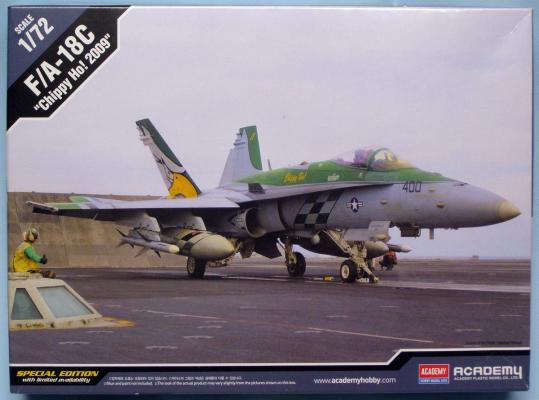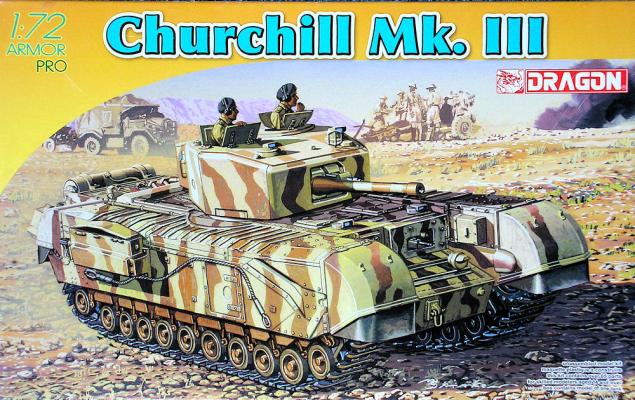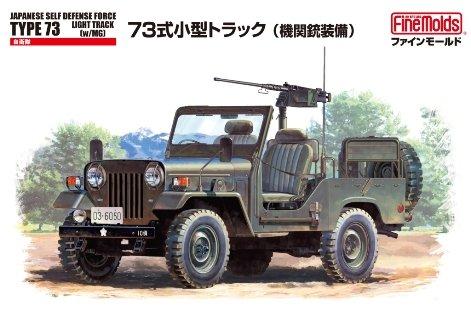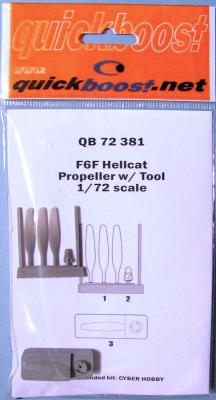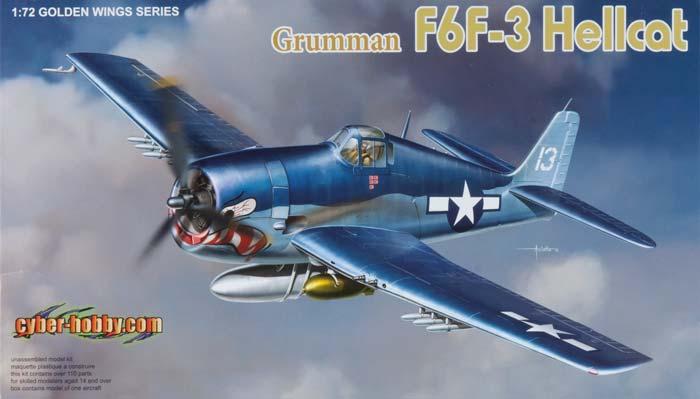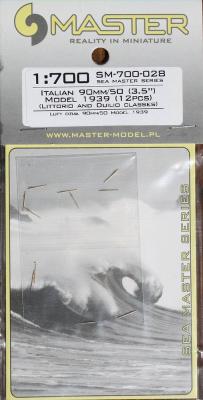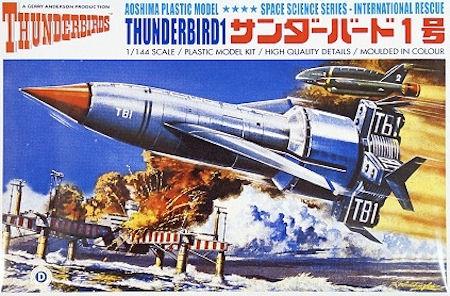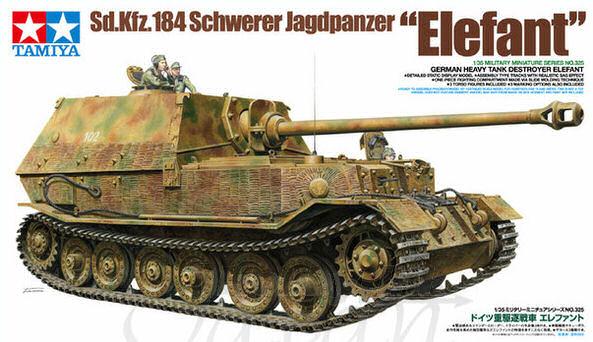The Wright R-1820 Cyclone 9-cylinder radial engine was developed in 1927 from an earlier engine dating back to 1925. The R-1820 entered production in 1931 and became one of the most widely used aircraft engines ever. Aircraft builders liked it because of its excellent fuel economy, durability, low cost maintenance, and low weight/horsepower ratio. Since its introduction the R-1820 has powered thousands of military and civilian aircraft both past and present. One of these aircraft is the North American T-28 Trojan.
Quickboost has released a new R-1820 recommended for use in the 1/48 Roden North American T-28D Trojan (Kit #450). This engine is molded in a medium gray resin. It is smooth, seamless and bubble free. Clean up is minimal. The cooling fins on each cylinder are very well defined and much more complete than those found on the kit engine. This is evident in the comparison picture below.


